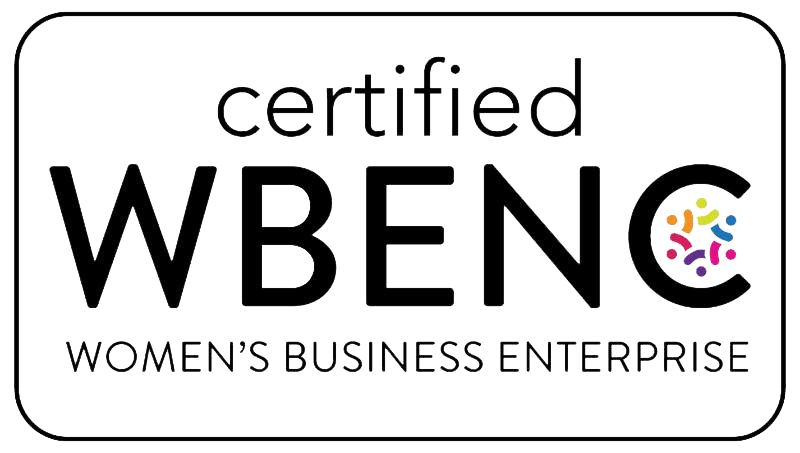Embracing Neurodiversity in the Workplace
Neurodiversity is a celebration of the unique ways individuals think, learn, and contribute. In the United States, approximately 15-20% of the population is neurodivergent, including those with ADHD, autism, dyslexia, and other neurological differences. These individuals bring incredible strengths and fresh perspectives to the workplace. However, traditional training environments often fall short of meeting their needs, limiting their ability to thrive.
At MYCA Learning, we are passionate about developing inclusive training solutions that empower neurodivergent learners. Together, we can create workplaces where everyone has the opportunity to succeed.
Neurodivergent Learners Training Tips
Tip 1: Clear and Structured Instructions
Provide step-by-step guidelines using simple, straightforward language. Clear instructions reduce ambiguity and help neurodivergent learners focus and excel. Did you know that 1 in 68 children in the U.S. are diagnosed with autism?
Tip 2: Incorporate Visual Aids
Visual aids, such as diagrams, charts, and videos, enhance comprehension and engagement. With 65% of people identified as visual learners, these tools can make complex concepts easier to grasp.
Tip 3: Routine and Consistency
Establishing a regular schedule for training sessions helps create a predictable and comfortable learning environment. For neurodivergent learners, consistency builds confidence and minimizes anxiety.
Tip 4: Break Down Tasks
Divide complex tasks into smaller, manageable steps to reduce overwhelm and improve understanding. Considering that 85% of autistic adults are underemployed or unemployed, this approach can make a significant difference.
Tip 5: Personalized Feedback
Tailor feedback to the learner’s needs with specific and constructive comments. Positive reinforcement boosts confidence and encourages continued growth. Only 16% of autistic adults are in full-time paid employment—your feedback could be the key to unlocking potential.
Tip 6: Supportive Environment
Foster an inclusive atmosphere where learners feel respected and valued. Encourage empathy and open communication among peers and trainers. With 1 in 5 people having a learning disability, creating a supportive environment is essential.
Tip 7: Technology and Assistive Tools
Technology like text-to-speech software, scheduling apps, and other assistive tools can provide valuable support for neurodivergent learners. With 70% of people with disabilities preferring digital inclusion tools, tech can revolutionize accessibility.
Tip 8: The Power of Stories
Stories are a powerful way to engage and inspire neurodivergent learners. Narratives help make abstract concepts relatable and memorable, boosting retention by up to 75%. Sharing real-world scenarios or practical experiences allows learners to connect with the material on a deeper level.
Tip 9: Peer Mentoring
Pairing neurodivergent learners with supportive peers can foster guidance, collaboration, and confidence. Peer mentoring has been shown to improve employment outcomes by 60%.
Tip 10: Flexibility and Patience
Recognize that everyone learns differently, and adapt your approach to meet diverse needs. Flexibility and patience create a positive learning environment, boosting productivity by 20%.
Join the Conversation
At MYCA Learning, we believe that inclusive training programs are essential to fostering a culture where everyone can succeed. By embracing neurodiversity and applying these tips, we can empower learners and create a more equitable workplace.
What strategies have you found effective for supporting neurodivergent learners? Share your thoughts, experiences, and questions in the comments below. Let’s collaborate to build a more inclusive future for all!
Ready to transform your training programs? Contact MYCA Learning today to learn how we can help you develop customized, inclusive solutions that meet the needs of your diverse workforce.


